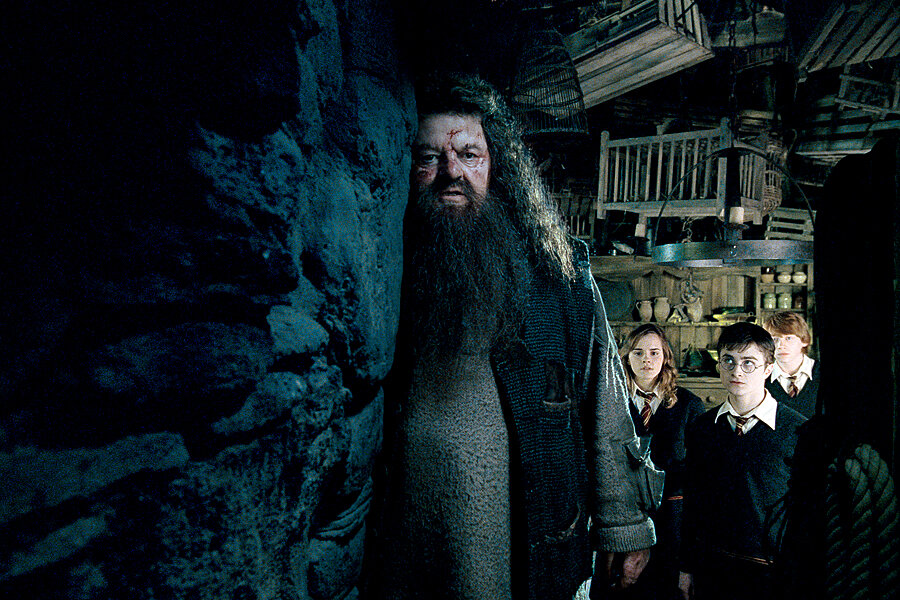Is J.K. Rowling building a real-life version of Hagrid's hut?
Loading...
Is “Harry Potter” author J.K. Rowling having a structure built on her property that looks like the residence of “Potter” character Hagrid?
According to the Telegraph, the writer is having a “stone-built summerhouse [that bears] a striking resemblance to the home” of the “Potter” character Rubeus Hagrid, who is the gamekeeper at Harry’s school Hogwarts and lives in a one-room stone structure on the school’s grounds.
The structure would reportedly be on Rowling’s Killiechassie Estate in Scotland.
Rowling did not comment on the project, according to the Independent.
The author is behind the screenplay for the upcoming movie “Fantastic Beasts and Where to Find Them,” a short book which Rowling wrote in the mode of a textbook for Harry and his friends. The movie, which will be released in 2016, according to a Warner Bros. press release and will follow the adventures of the fictitious "Fantastic" author Newt Scamander, will serve as the beginning of a planned trilogy. The second and third “Fantastic” movies will be released in 2018 and 2020. Meanwhile, Warner Bros. CEO Kevin Tsujihara said the series will be “at least a trilogy,” according to the Los Angeles Times.
Rowling is also behind a new series based in our own world and which centers on private investigator Cormoran Strike and his secretary Robin. She publishes the series, which is currently comprised of the books “The Cuckoo’s Calling” and “The Silkworm,” under the pen name Robert Galbraith. “Silkworm” was released this past summer and soon after its publication, Rowling said that the series would have “more” than seven titles, the amount of books that made up her “Potter” series. “I don't know that I've got an end point in mind,” she said, according to the BBC.
Monitor fiction critic Yvonne Zipp wrote that “Silkworm” has “a corkscrewing plot and a clever use of both Jacobean revenge dramas and the book-within-a-book plot device. In addition to the mystery, Rowling also wryly sends up the publishing industry… The plot could have used a little tightening in the second half, but "The Silkworm" is a highly entertaining read. Above all, Rowling is a storyteller with a terrific imagination, and she employs both to good effect.”







